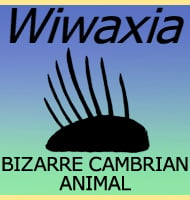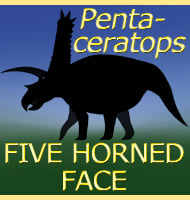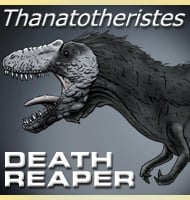In Depth
Most study about Tarjadia so far has been concerning the osteoderms (sometimes called scutes), pieces of bone that resided within the skin. The osteoderms of Tarjadia are very distinctive in that they have heavy pitting on their surface. These osteoderms likely afforded Tarjadia a fair amount of protection from other predators of the time such as rauisuchians and other kinds of archosaurs, perhaps even the ancestors of the dinosaurs.
Identified as a doswelliid, Tarjadia was related to Doswellia and Archeopelta. Like these, Tarjadia is thought to have possibly been predators of smaller animals.
Further Reading
- A distinctive new archosaur from the Middle Triassic (Los Chanares Formation) of Argentina, A. Arcucci & C. A. Mariscano - 1998.









